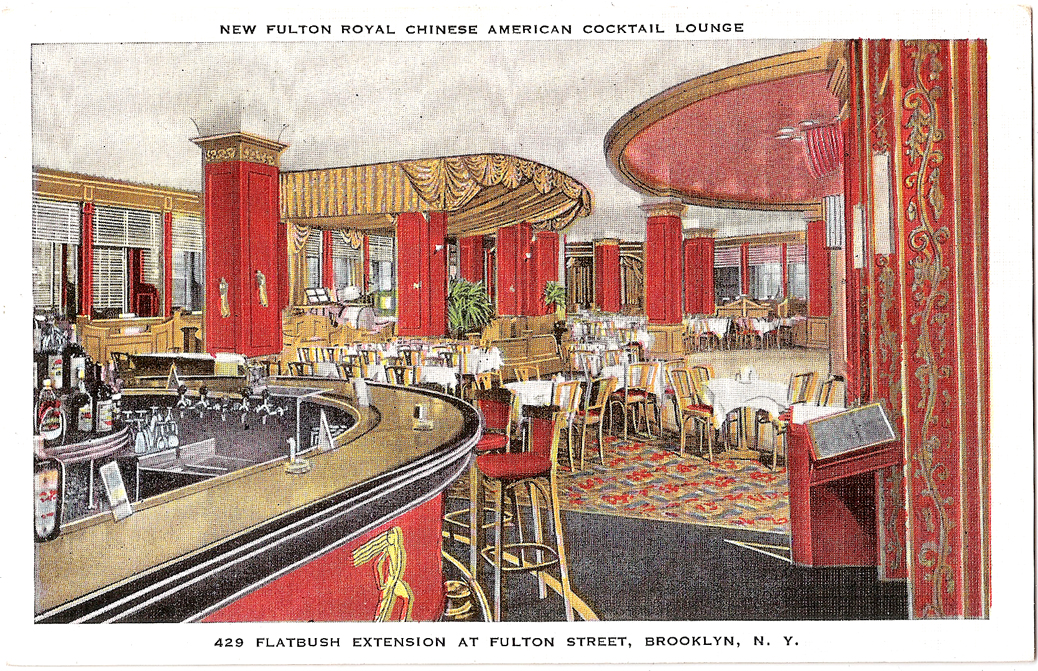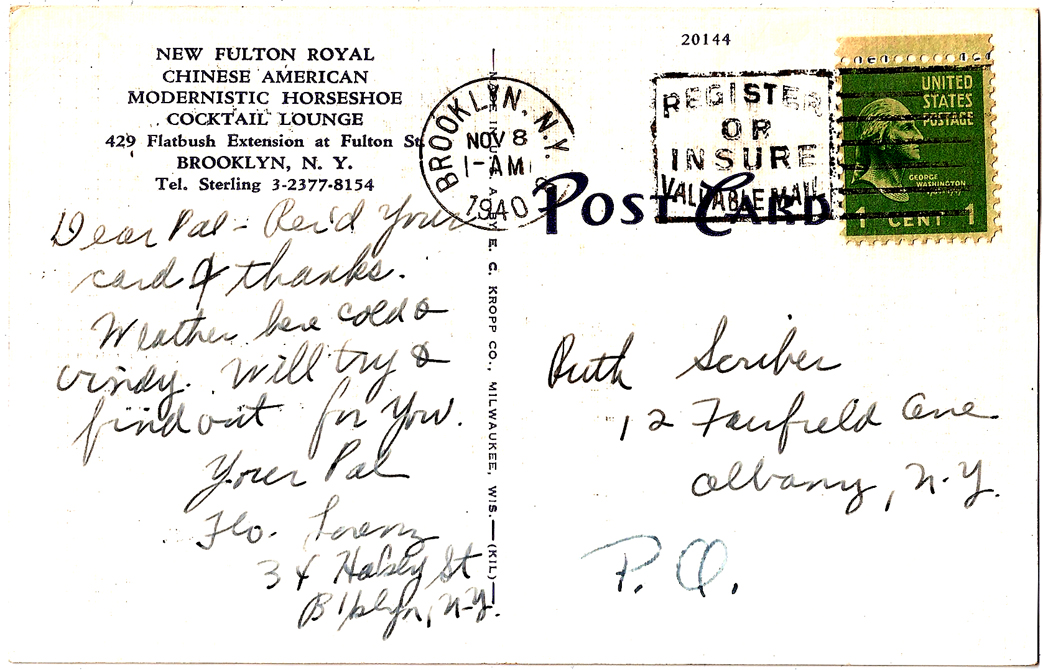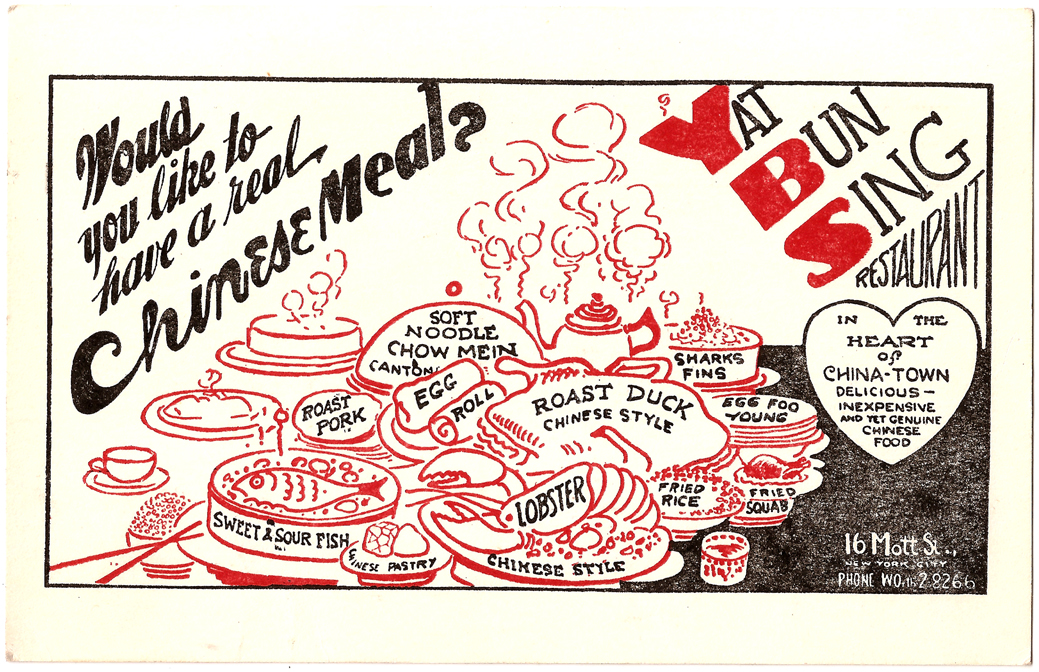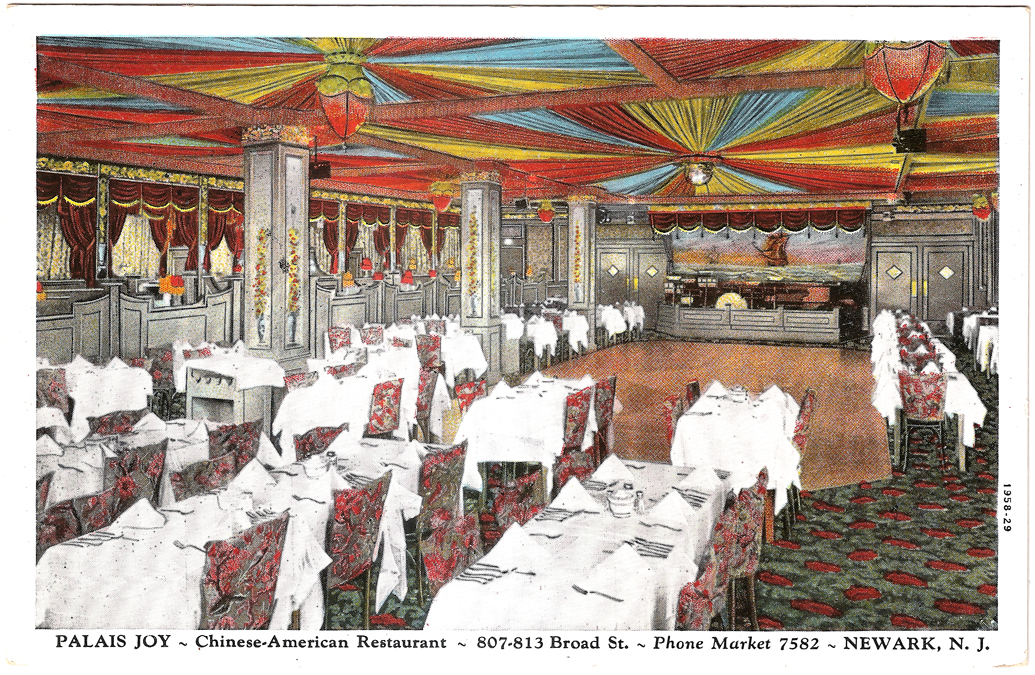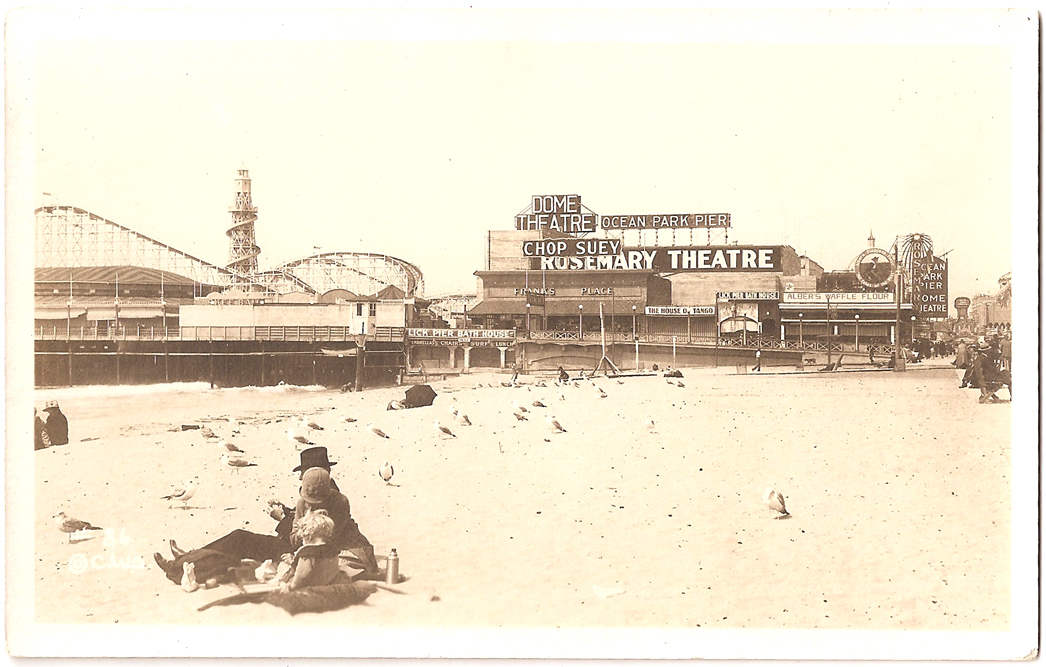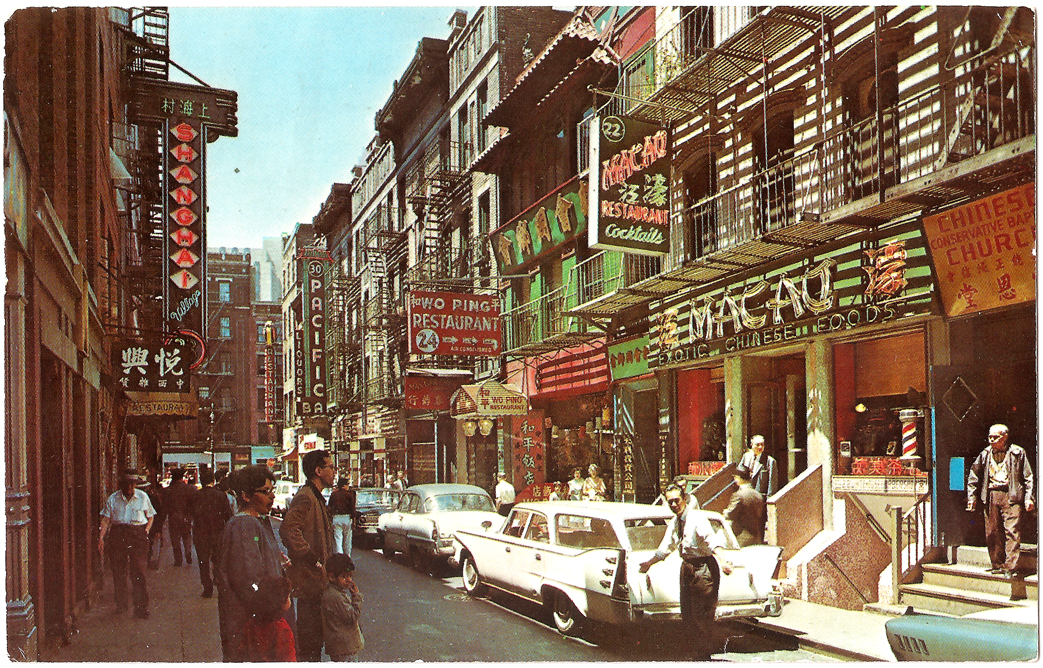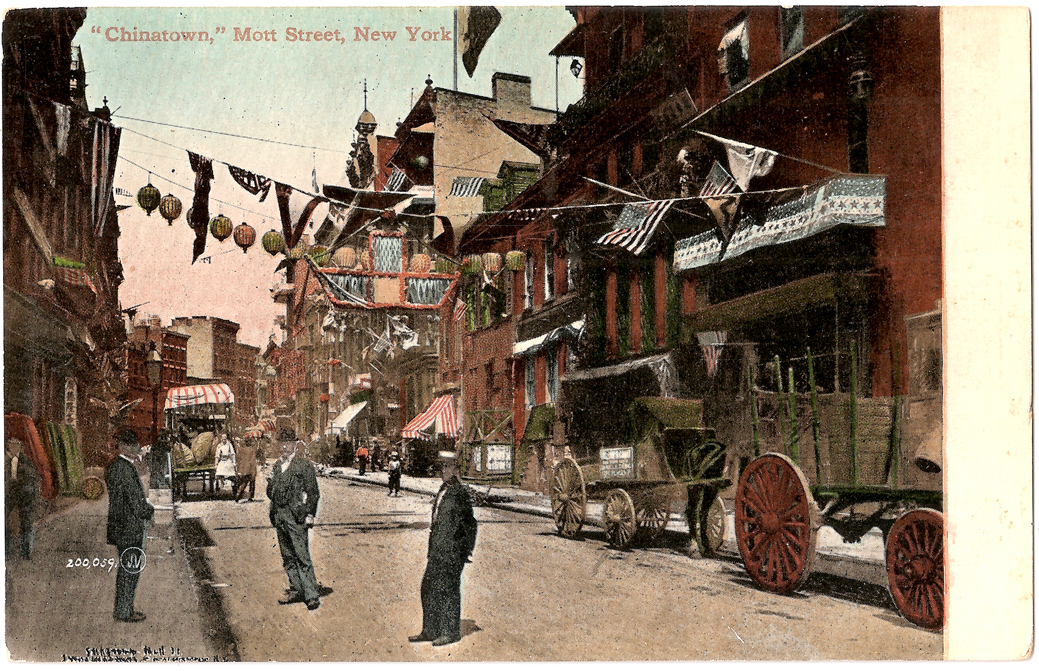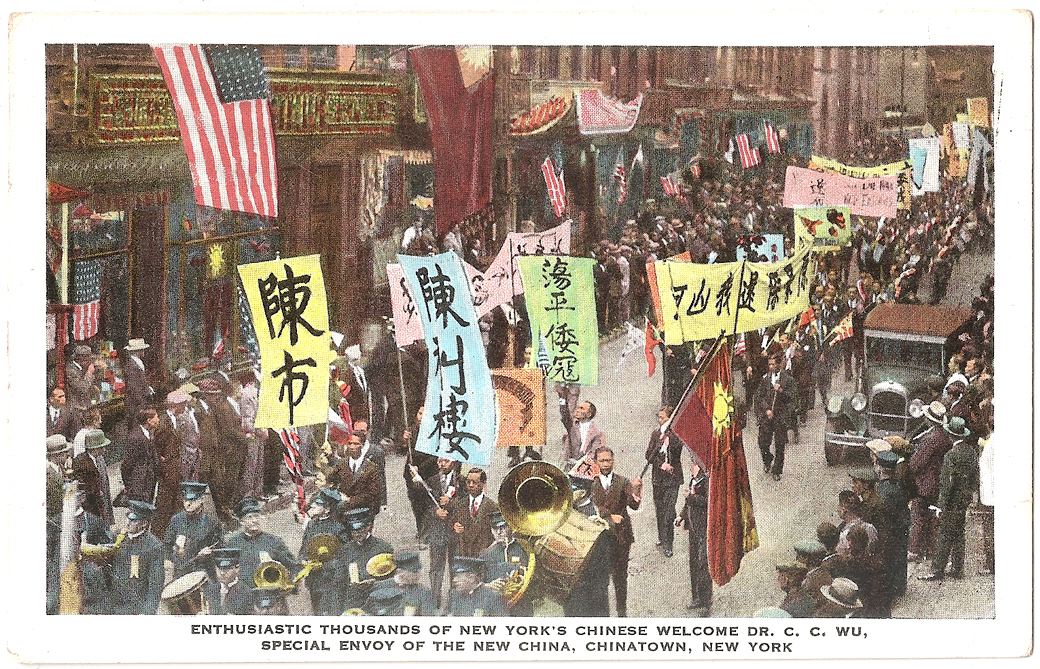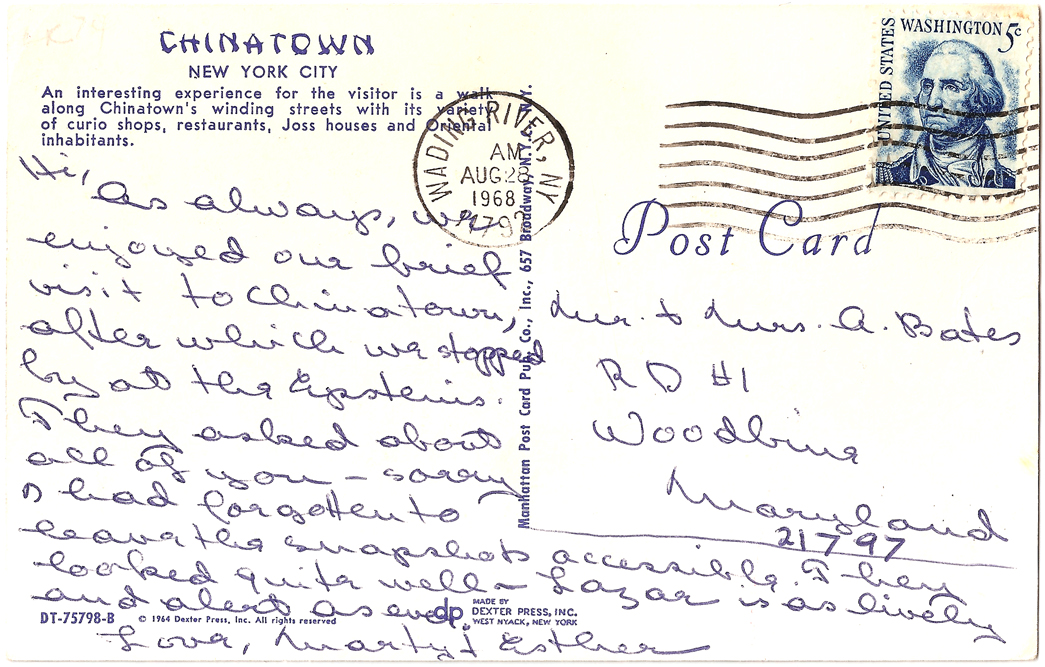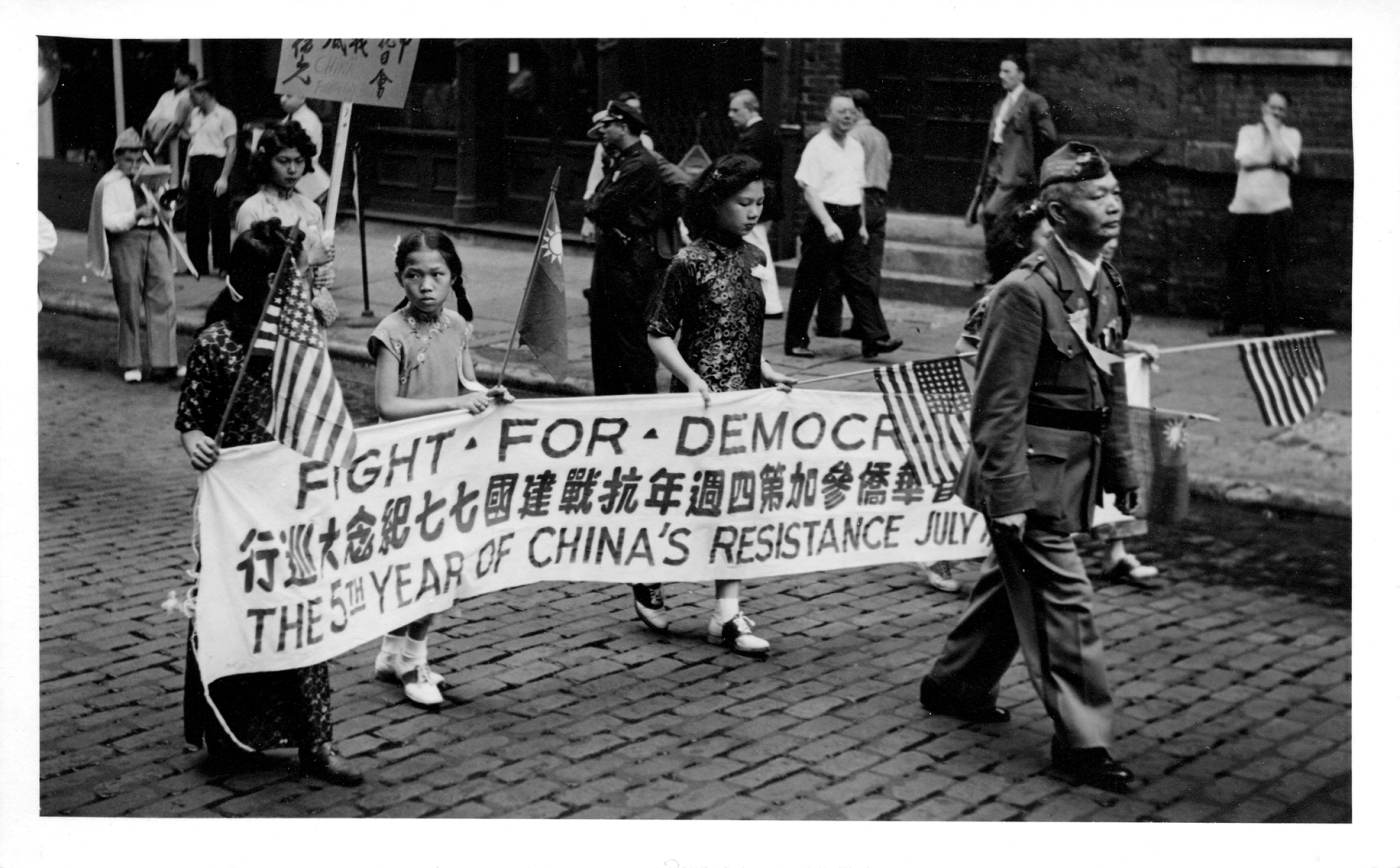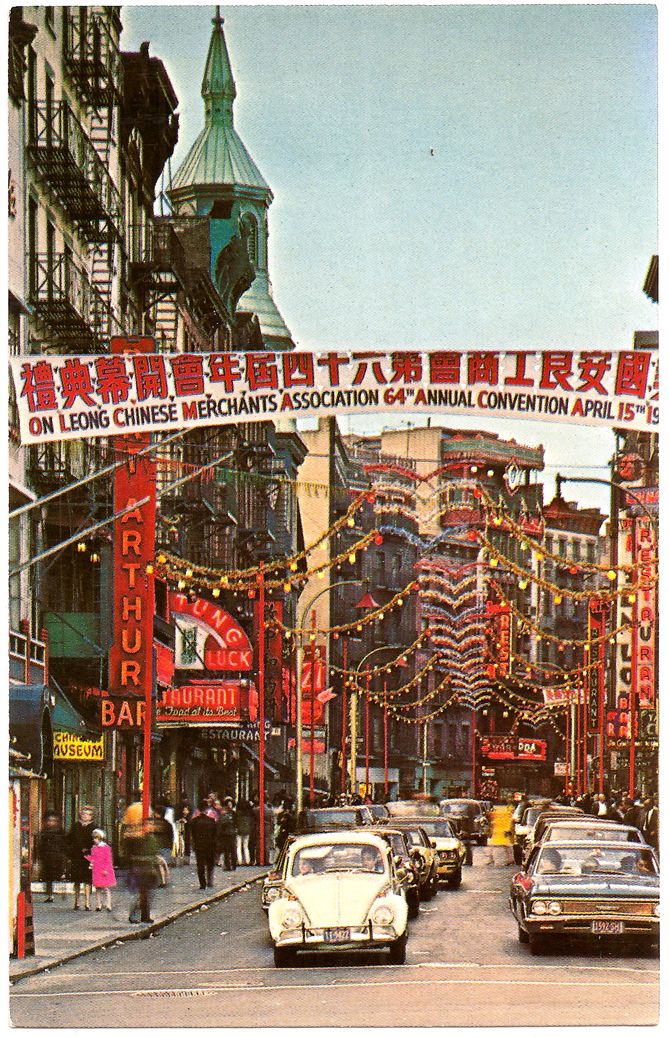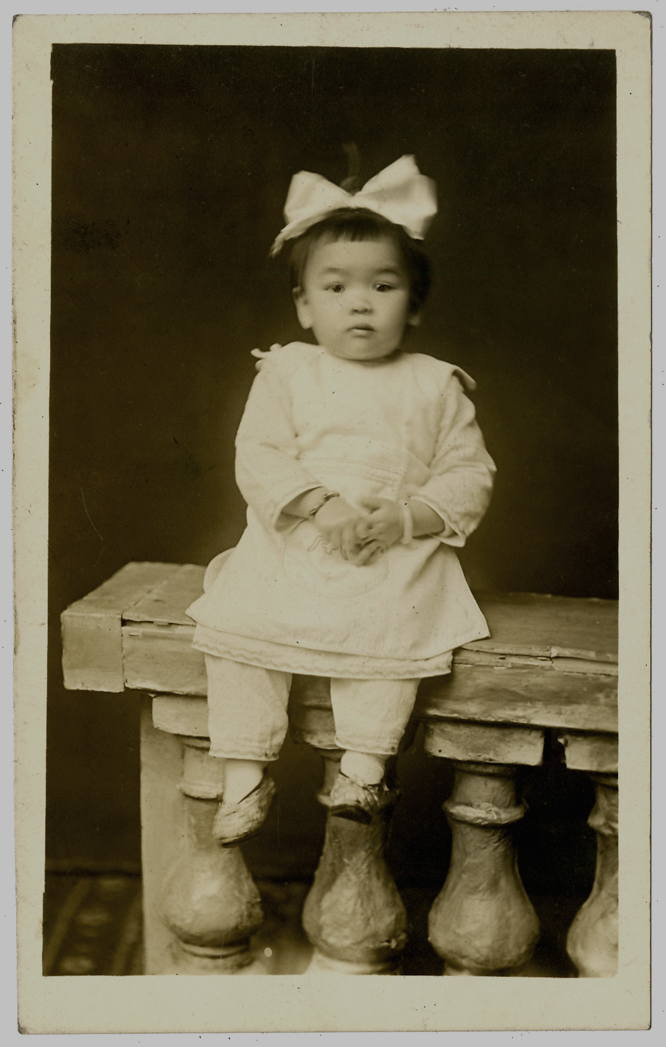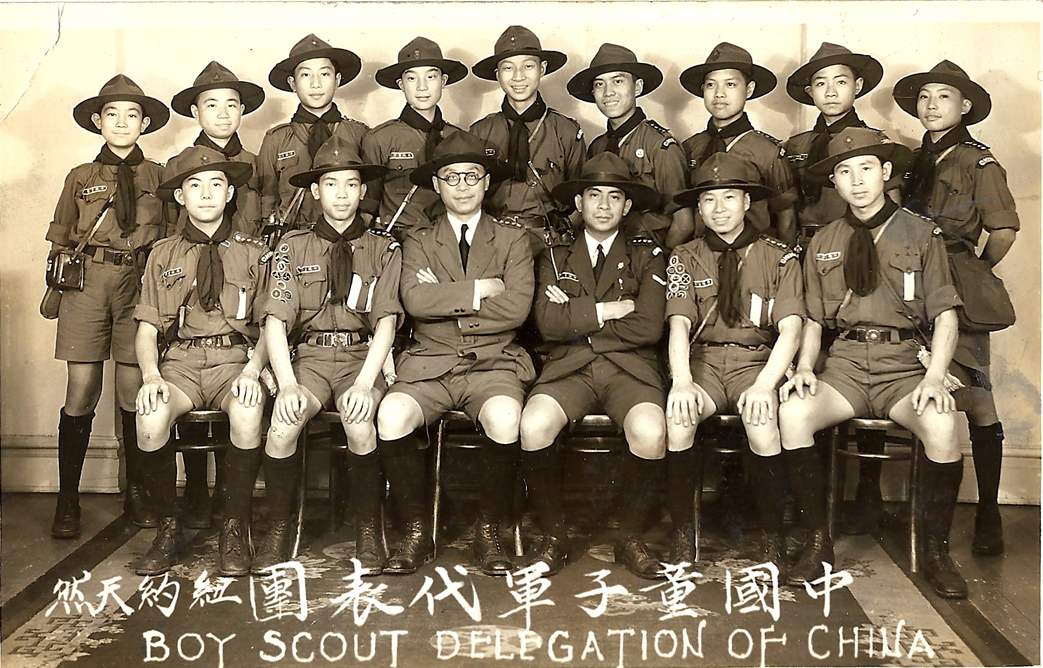In honor of this year’s marking of the 161st anniversary of American postcards and this past World Postcard Day, we share a few postcards from MOCA’s collection. Dating from the 1900s to 1960s, they offer a glimpse into previous generations’ pre-social media social network. At the peak of the worldwide postcard craze at the beginning of the 20th century, billions were sent around the world each year. By 1913, nearly a billion were mailed in the U.S. alone, and countless millions more collected in family albums. Much like the social media of today, the exchange of postcards as a dual visual and written medium let people stay in touch and communicate news and events, share photos, mark important events, signal group affiliation and support for various political causes, and document and tell others about the cool places they had traveled and amazing food they had eaten.
The following historical postcards show some of the ways that Chinese in America participated in this social network. Before television and Instagram, restaurants such as Yat Bun Sing in Chinatown advertised themselves by giving out free postcards for patrons to mail to friends. The sent postcards might then be circulated among recipients and their social circle, and in this way, new potential diners could be introduced to the restaurant. The above postcard advertising the New Fulton Royal Chinese American Cocktail Lounge in Brooklyn was addressed by Flo. Lorenz at 34 Halsey Street in Brooklyn to a Ruth Scriber in Albany, New York, giving some indication of how ads of this sender’s local restaurant circulated within her social network. With the invention of Kodak’s postcard camera, people could easily create postcards out of their photographs. These were sometimes mailed, sometimes given directly to friends or family members and preserved in albums such as that of Helen Typond, which contained the real-photo postcard of the little girl wearing the giant hair bow. Other postcards shown here include those that commemorate a Defending Democracy Parade in New York Chinatown in 1942, the appointment of Dr. C.C. Wu as Chinese Minister to Washington in 1928, the 64th Annual Convention of the On Leong Chinese Merchants Association, and a Boy Scouts delegation visit from China to New York.
